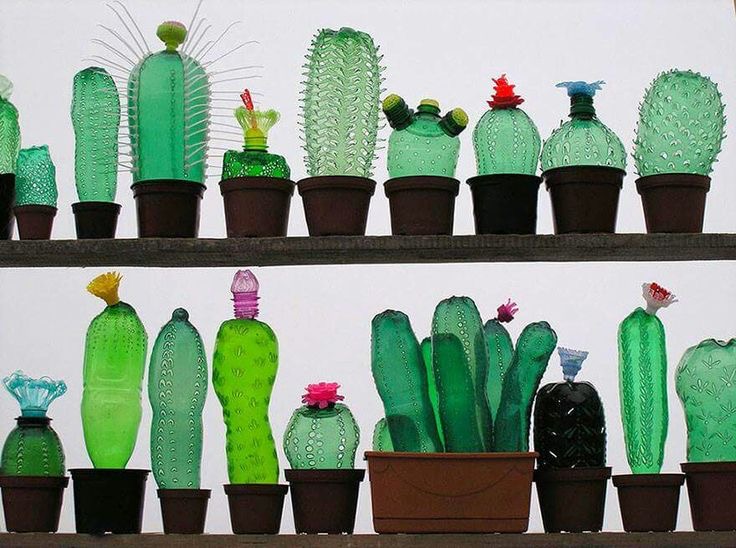week 9

Plastic is an incredibly important and representative product in the history of human development. As mentioned by Kjetil Fallan and Finn Arne Jorgensen in “Environmental Histories of Design: Towards a New Research Agenda,” in the 1950s, plastic became not only a symbol of modernity but also something superior to nature—an unnatural but better alternative. However, with the rise of the environmental movement in the 1960s, people gradually recognized the harm of plastic. As the meaning of the word “plastic” changed, artificial creations became fantastical, fabricated, and no longer natural.
This is indeed the case because the non-biodegradable nature of plastic, coupled with high human dependence, poses a threat to our environment. Humanity has begun taking various measures to reduce the frequency of plastic use, such as encouraging consumers to bring reusable bags, replacing plastic bags with paper ones, or making consumers purchase plastic bags. The hope is that through these measures, plastic usage can be minimized.
However, instead of simply restricting the use of plastic, learning how to recycle and reuse it may be the key issue to consider. In a recent workshop, for instance, we transformed plastic items into new things, giving them new meanings. I believe that in the direction of recycling and utilizing plastic, this is an effective approach.
Czech artist Veronika Richterová’s work can inspire us in this regard. She encourages people to donate discarded bottles and caps, attempting to raise awareness about recycling plastic products through her art and projects. In her works, she often uses plastic products to create large garden installations featuring animals and plants. Additionally, she utilizes the transparency of plastic to craft various lamps and lampshades, showcasing the practicality of her creations.
One of her most inspiring works is her cactus sculpture, for which she used a significant number of plastic bottles. Through a heating technique, she reshaped the plastic bottles to closely resemble the lines of a plant, then cut out thorns to form the cactus. Through these steps, plastic bottles, originally discarded as waste, gained new forms and meanings.
Therefore, instead of simply restricting plastic use or “rejecting” plastic to control environmental pollution, it might be more beneficial to view plastic as a “material” or “substance,” recognizing its inherent charm. Starting to “love” plastic doesn’t mean recklessly using and producing it only to discard it later. Rather, it implies a deeper enthusiasm for understanding this material, exploring its potential, and seeking technologies or designs for better recycling and utilization of plastic.
Reference
Fallan, K. and Jørgensen, F.A., 2017. Environmental histories of design: towards a new research agenda. Journal of Design History, 30(2), pp.103-121.
Veronika Richterov :https://www.veronikarichterova.com



